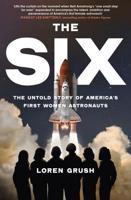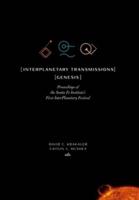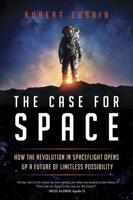Publisher's Synopsis
The Columbia Space Shuttle accident on 1. February 2003 presented the George W. Bush administration with difficult choices. Could NASA safely resume Shuttle flights to the International Space Station? If so, for how long? With two highly visible Shuttle tragedies and only three operational vehicles remaining, administration officials concluded on the day of the accident that major decisions about the space program could be delayed no longer.
NASA had been supporting studies and honing plans for several years in preparation for an opportunity to propose a new mission for the space program. As early as April 1999, NASA Administrator Daniel Goldin had established the Decadal Planning Team (DPT) to provide a forum for future Agency leaders to begin considering goals more ambitious than sending humans on missions to near-Earth destinations and robotic spacecraft to far-off destinations, with no relation between the two. Goldin charged DPT with devising a long-term strategy that would integrate the entire range of the Agency's capabilities, in science and engineering, robotic and human space-flight, to reach destinations beyond low-Earth orbit.












